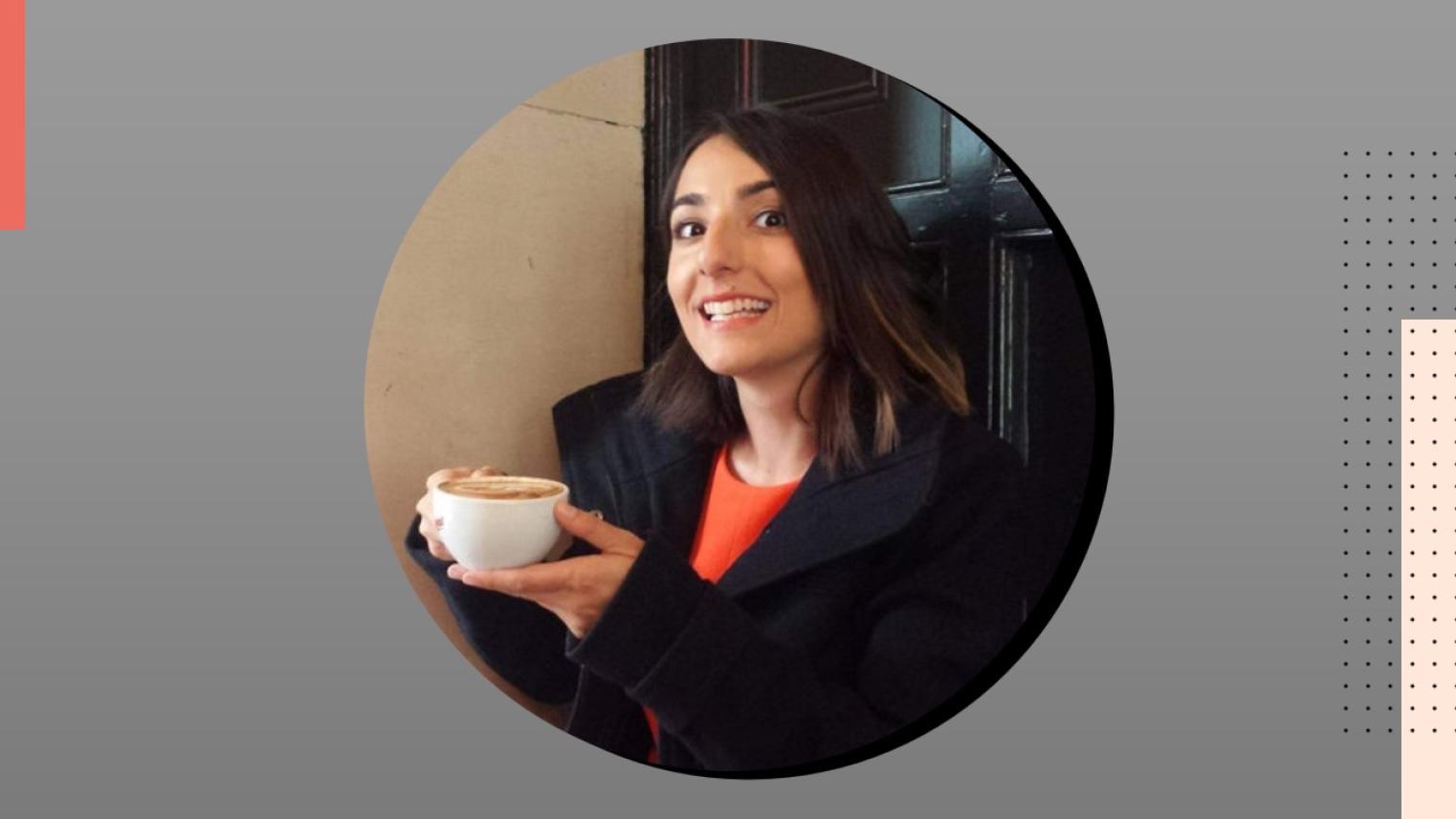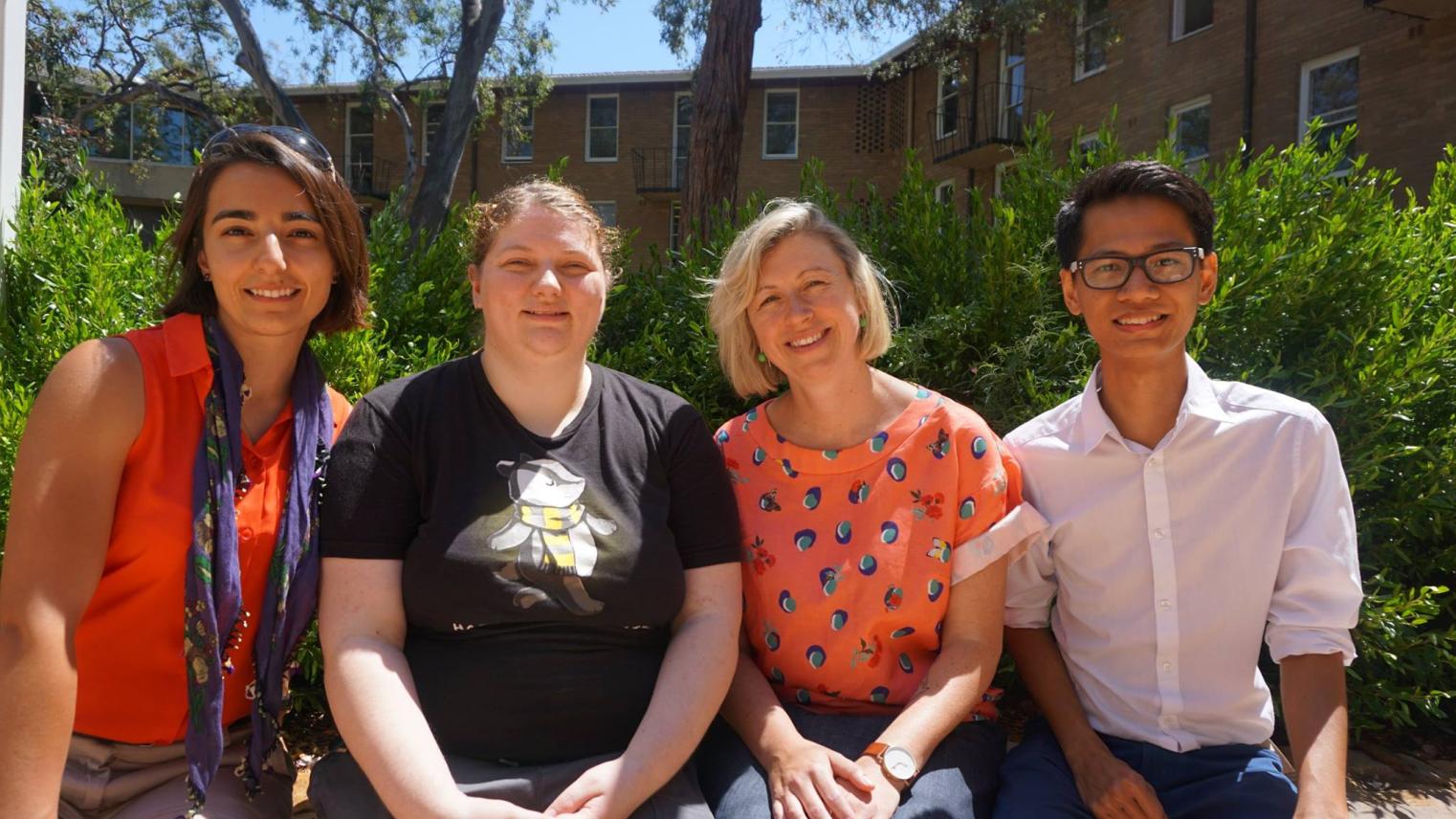The Quantum Leap: Bridging Physics and Natural Language Processing

I moved into linguistics from an Honours in Physics, driven by the quest to understand the world through the human lens. I think language is at the heart of humanity. I am drawn to the building blocks of language – like morphology (the internal structures that make up a word). Oddly enough, I studied the morphology of ion tracks in apatite. I guess you can say I like structures.
In the ever-evolving landscape of technology, where the lines between disciplines blur and boundaries are continually redefined, one intriguing narrative stands out: the fusion of physics and natural language processing (NLP). This story is not just about the confluence of two seemingly disparate fields but about the journey of a dedicated researcher who embodies this interdisciplinary approach.
Meet Saliha Muradoğlu, a born and raised Melbournian with some Istanbul sprinkled in, who has just graduated, with prior formal training in physics and over five years of research and development experience in NLP systems.
Saliha’s academic and professional journey is a testament to the power of combining rigorous scientific methodology with innovative computational techniques to solve real-world problems.
Syntax and Semantics at ANU: A Linguistic Journey
When Saliha came to ANU, she was pleasantly greeted by what she calls a fountain of linguistic activity. There were so many projects and people working on different aspects of linguistics. The environment—rich with initiatives like the Centre of Excellence for the Dynamics of Language (CoEDL) Wellsprings of Linguistic diversity, CAP linguistics, and CASS linguistics—made it a great place to learn about languages and linguistics (even by osmosis!). There was always something happening and people to have discussions with.
“As a computational linguist, it is such a rare opportunity to collaborate with linguists on the frontlines. ANU is well known for field/descriptive linguistics. I feel being the odd person out has helped ground my perspective and approach, an advantage I strongly believe will carry through my career.”

For her thesis, Saliha worked on Nen, a Papuan language with around 300–400 speakers and wickedly complex morphology. Her work focuses on using computational methods in aid of language documentation, with emphasis on morphological description/modelling. As part of her PhD, she explored questions such as ‘how much data is enough to capture a particular aspect of language?’ and ‘what’s the most efficient way to collect data?’ She also contributed practical solutions by developing models to process linguistic data effectively.
It was certainly not all work and no play, though. Beyond her academic pursuits, Saliha’s time here was marked by her regular visits to the ANU gym, where she found a stress outlet and community. Competing twice in amateur powerlifting competitions, she credits the lunchtime gym crew for keeping her sane and motivated throughout her studies!
Morphing into the Future
On graduation day, Saliha reflects on the small moments and the pivotal experiences that have shaped her journey. She acknowledges the support and kindness she has received along the way and contemplates how she can pay it forward.
With a sense of purpose and responsibility for the knowledge she wields, Saliha envisions a future where NLP and computational linguistics play a pivotal role. Her next step is focused on realizing this vision, finding a place where she can continue to innovate and contribute to the field.
“I feel a certain level of responsibility with the skills and knowledge I’ve acquired. I have a vision of what the future for NLP/computational linguistics could or even should look like, so it’s about finding a place to create that vision. The next step is all about creating.”